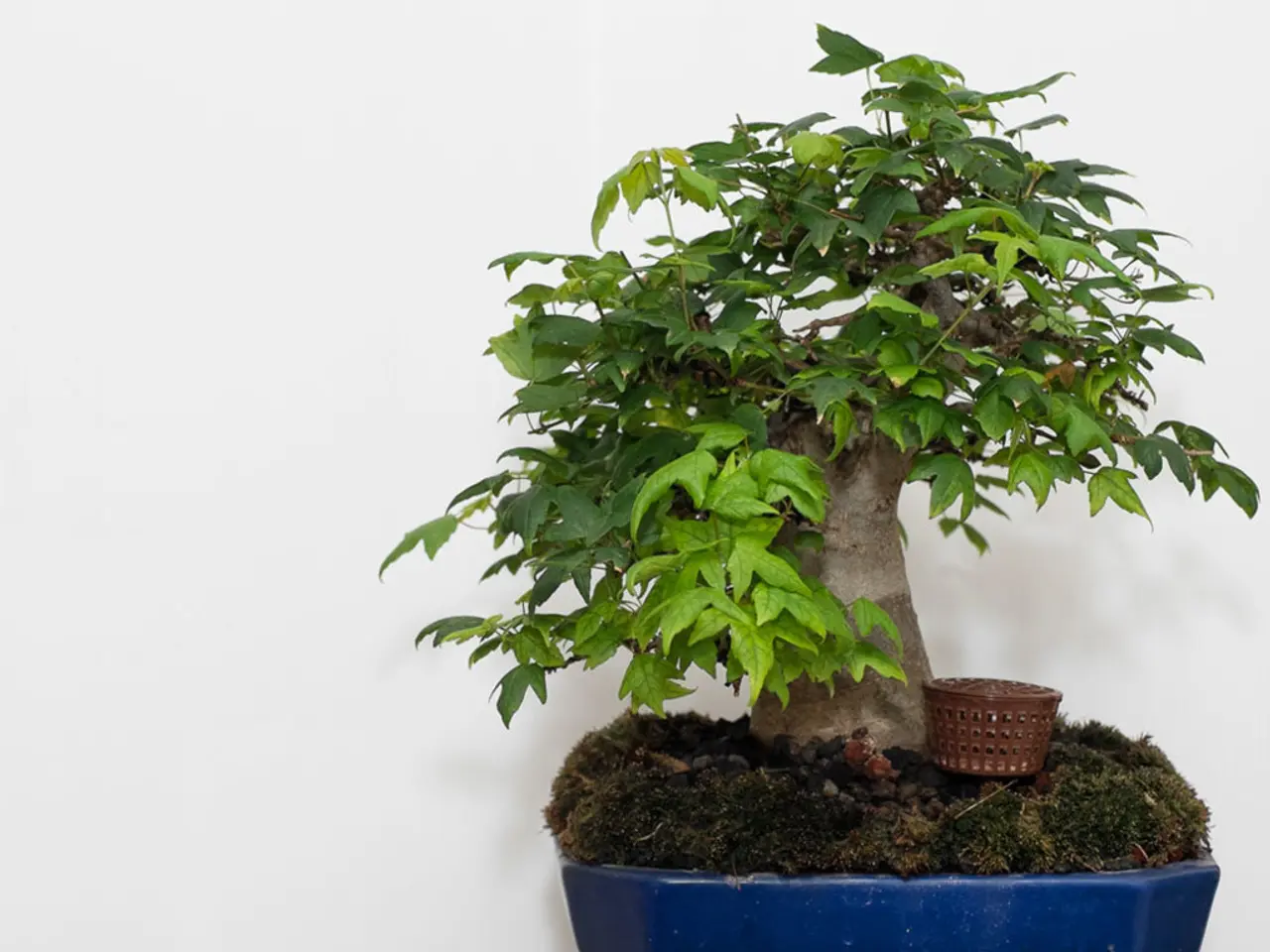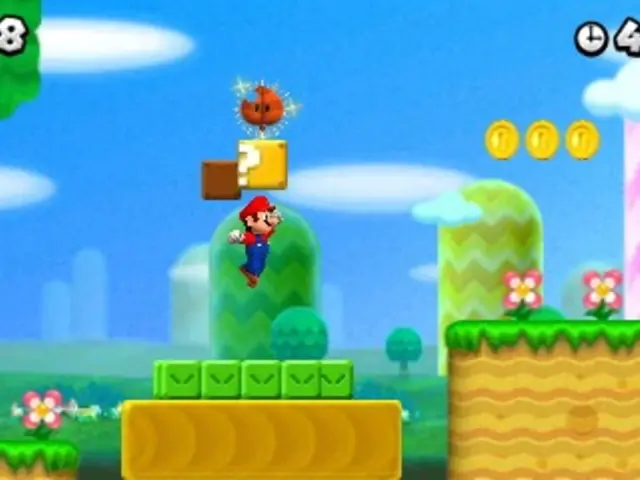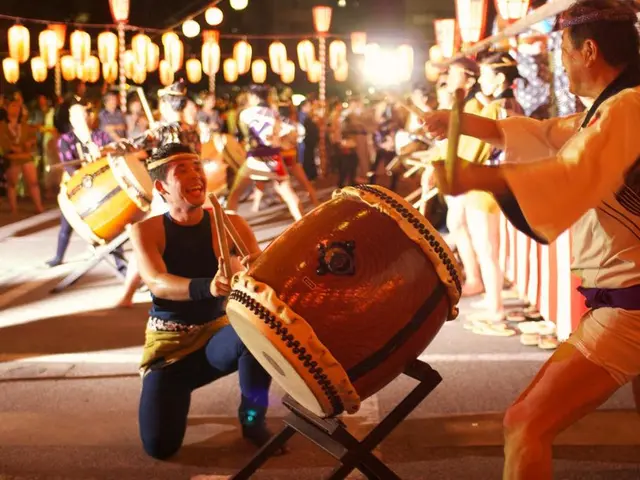Guide for Bonsai Seeds: Procedures for Gathering, Storage, and Sprouting
Article Title: A Guide to Bonsai Seed Propagation: Growing Your Own Miniature Trees
In the captivating world of bonsai, seed propagation offers a unique and rewarding challenge. Here's a step-by-step guide on how to grow your own bonsai using seeds, focusing on four ideal species: Japanese maple (Acer palmatum), black pine (Pinus thunbergii), juniper (Juniperus spp.), and ficus.
Preparing Seeds for Germination
Before you start, it's essential to thoroughly clean your seeds to remove any debris or impurities that may inhibit germination. Using regular potting soil can hinder success in bonsai seed germination. Instead, opt for a well-draining, seed-starting mix.
Ideal Species for Bonsai Seed Propagation
These species are favored because they are naturally suited to bonsai cultivation, have attractive foliage or needle structure, and respond well to training and pruning techniques essential for bonsai shaping. Key reasons why these species are ideal for seed propagation include their strong adaptability, good growth habit, ease of training, and availability of seeds and proven techniques.
Stratification: The Cold Dormancy Period
For many temperate species such as maples and pines, seeds require stratification—a cold dormancy period for a few months to break seed dormancy and improve germination rates. Tropical species like ficus do not require stratification, making them easier to start from seed in warmer environments.
Sowing and Germination
It's generally recommended to sow bonsai seeds individually to promote healthy growth. However, community pots can be used for species that benefit from collective germination. For the critical weeks following germination, tender seedlings demand meticulous care to guarantee their survival and healthy development.
Growing Environment
A stable temperature range between 65°F to 75°F (18°C to 24°C) should be maintained for most bonsai species. Adequate light should be provided, but avoid direct sunlight, which can cause overheating and inhibit germination. A controlled environment that replicates natural conditions is crucial during the delicate process of germination.
Additional Considerations
Some seeds may require scarification, a process that involves gently scratching or nicking the seed coat to facilitate water uptake. Cold treatment options can substantially enhance the germination success of bonsai seeds for species that require more nuanced environmental cues to break dormancy.
Caring for Your New Bonsai
In the delicate process of germination, a controlled environment that replicates natural conditions is crucial. High humidity, ideally above 80%, should be maintained to prevent water loss and promote healthy germination. As your seedlings grow, they'll require regular care, including watering, feeding, and pruning, to develop into beautiful, mature bonsai trees.
Conclusion
Bonsai seed propagation requires patience, with 3–5 years to begin shaping and about 10 years to maturity. But the journey is well worth it, as you watch your miniature trees grow and develop over time. With the right techniques and care, you can cultivate your own stunning bonsai masterpieces using seeds.
Your new bonsai project offers the opportunity to cultivate a unique lifestyle, integrating home-and-garden activities like gardening with the captivating world of bonsai. With the proper care and attention, your home can transform into a private gallery showcasing various miniature trees such as Japanese maples, black pines, junipers, and ficus.








